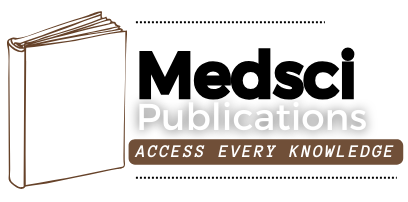PREVALENCE OF BETA BLOCKERS USE IN ELDERLY FOR UNCOMPLICATED HYPERTENSION
Keywords:
Drug utilization, prescribing pattern, elderly, beta blockers, Antihypertensive drugsAbstract
Objective: The study was conducted to identify the prescribing practices in essential hypertension to find out prescribing patterns in elderly patients.
Material and methods: A retrospective study was done to assess the pattern and prescription of antihypertensive drugs at Maharishi Markandeshwar Medical College and Hospital, Kumarhatti Solan (H.P) A total of 100 handwritten prescriptions of patients >60 yrs of age were randomly chosen from the hospital pharmacy during 8-week period in the month of July-August 2014 and were analyzed.
Results: An analysis of 100 prescriptions revealed that diuretics were the most commonly prescribed antihypertensive drugs (28.15%), followed by calcium channel blockers(21.35%), beta blockers (20.5 %), ACE inhibitors (18.93%), Angiotensin receptor blockers(9.22%), combined alpha and beta blockers(1.45%) while alpha blockers were the least prescribed drugs(0.97%). The doses of the drugs were standard doses as outlined in the JNC7 report. The frequency of dose prescribed was: once daily 72%: twice daily 27% and thrice daily 1%. Prescriptions for monotherapy were 38% whereas in remaining 62% prescriptions a combination of 2 or more drugs was prescribed. In 63% prescriptions, generic name of the drugs was used whereas in remaining 37%, non-generic name was used. Prevalence of hypertension was found to be higher in men (65%).
Conclusion: The most common drug group used was diuretics followed by calcium channel blockers, beta blockers, ACE inhibitors, Angiotensin receptor blockers. Polypharmacy and use of nongeneric drugs was much common.
Downloads
Published
How to Cite
Issue
Section
License

This work is licensed under a Creative Commons Attribution-ShareAlike 4.0 International License.
Author/s retain the copyright of their article, with first publication rights granted to Medsci Publications.





